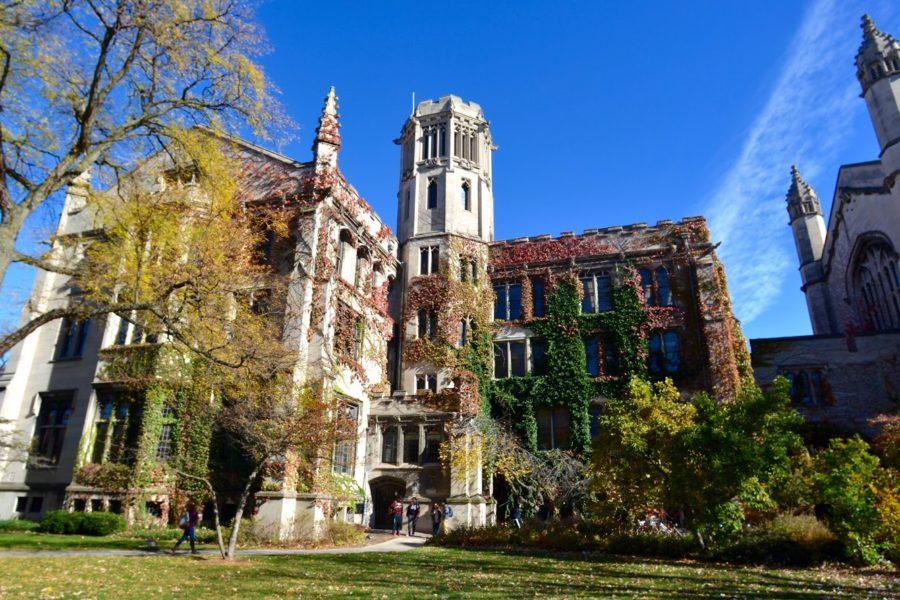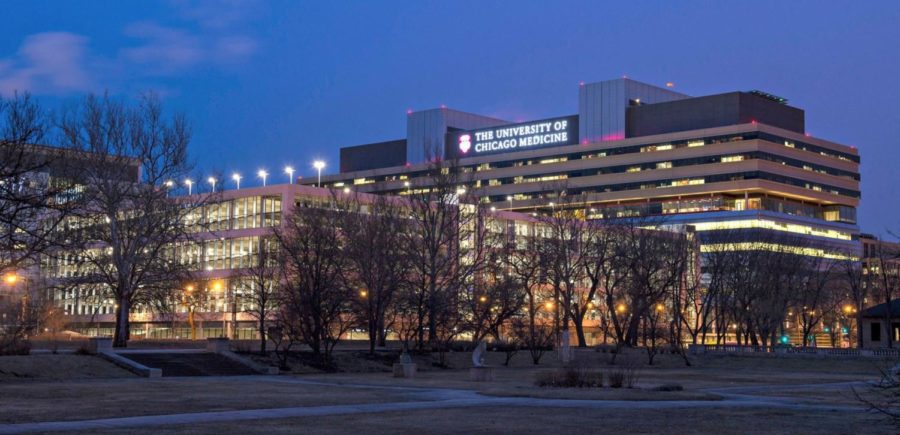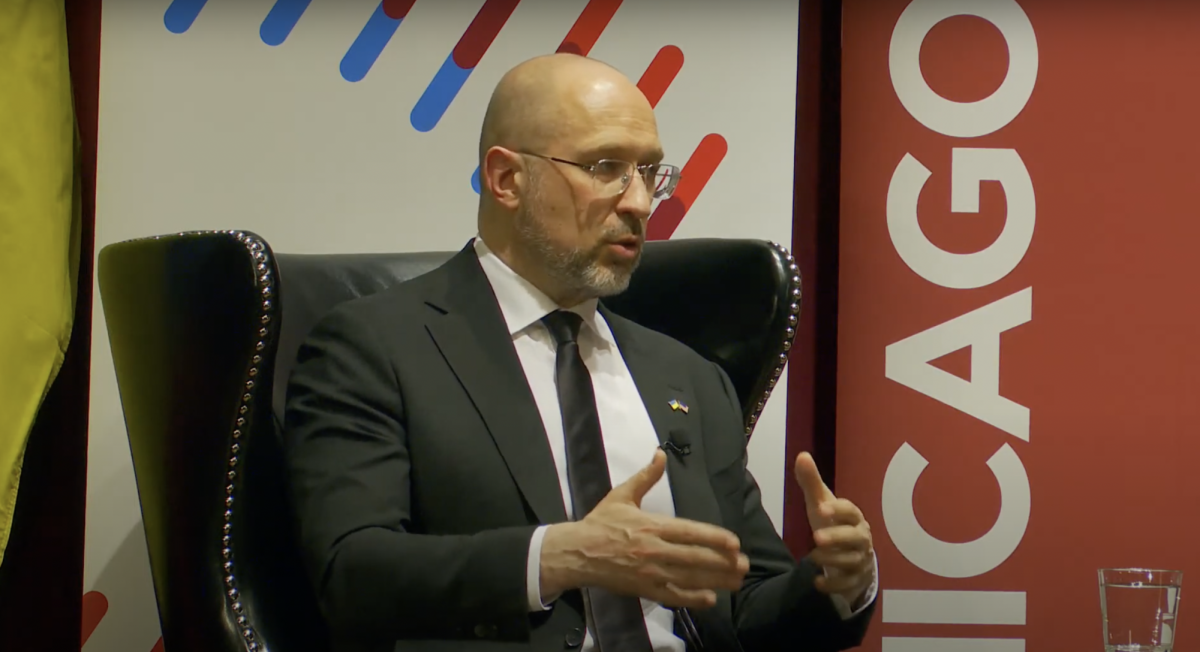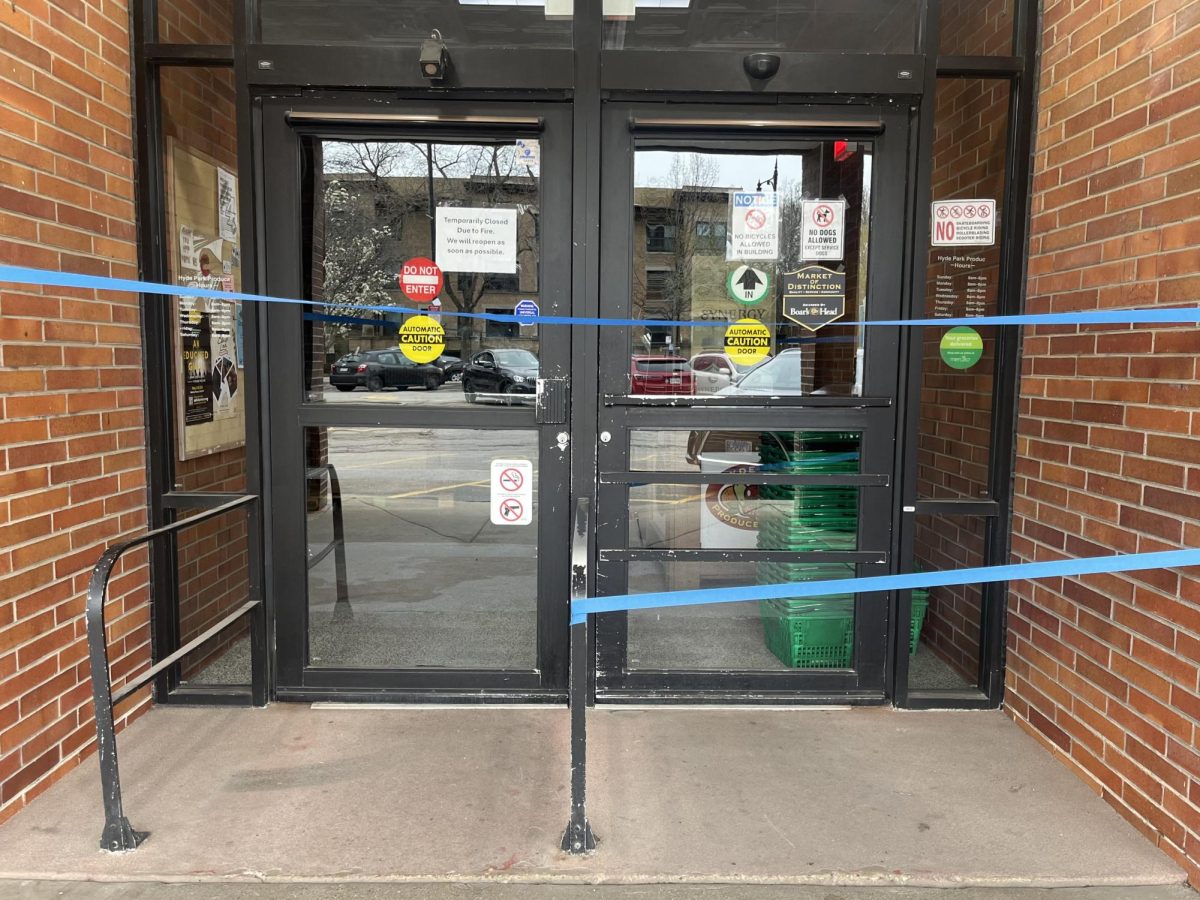Once upon a time, the University of Chicago took its football team seriously. However, Stagg Field, which was home to the nation’s first Heisman trophy winner, now lies buried beneath the Regenstein Library.
Stagg Field was named for Amos Alonzo Stagg, the University’s first athletic director, who won seven Big Ten Conference championships between 1899 and 1924. The field became home to Jay Berwanger, who in 1935 was awarded the first Heisman trophy. Four years later, University President Robert Maynard Hutchins famously abolished the varsity football program in an effort to refocus attention on academics.
Hutchins’s decision changed the face of Chicago athletics. A founding member of the Big Ten Conference, Chicago’s varsity football team was forced into a 30-year hiatus. The program was reinstated in 1969. J. Douglas Toma, who in his 2003 book Football U.: Spectator Sports in the Life of the American University, said that Chicago sacrificed much more than football when Hutchins cut the program in 1939.
Toma argued that athletics are the necessary avenues by which universities manage their institutional identity. “The University of Chicago, which disbanded its football team and high-profile athletics program in the 1930s simply does not register for most people—even those in Chicago.”
Toma contrasted Chicago with schools whose popularity has been largely cultivated by their athletic departments. “How many people across the country—at least those outside of academics—would have even heard of Duke or Clemson or Tulane were it not for college sports? How many would ever hear anything about the states of Alabama or Nebraska or Utah were it not for the success of the football and basketball teams at their state universities?”
Some, however, see Chicago’s athletics program as a new force in higher education. Murray Sperber, a professor of English and American Studies at Indiana University-Bloomington, has written extensively on university athletics and claimed that Chicago has set a new benchmark in college sports.
He rejected Toma’s assertion of Chicago’s anonymity. “So much for the University’s 75 Nobel Prize winners [the current total stands at 78], the site of the first nuclear reaction and all the other illustrious, non-athletic events in the history of this great University. All of them supposedly unknown because the school dropped out of big-time college sports.”
A charter member of NCAA Division III University Athletic Association, established in 1987-88, Chicago created an athletics program that considers academics the primary mission of the American university. The book Reclaiming the Game: College Sports and their Educational Values, by William Bowen and Sarah Levin, heralds the University’s unique approach to athletics.
The authors asserted that the UAA members, specifically Chicago, are exceptional in their integration of relatively robust athletics programs into unyieldingly academic environments. “How has [the UAA] managed to mount what is, by all signs, a successful intercollegiate program without paying the academic price that is so evident in the Ivy League and in NESCAC (The New England Small College Athletic Conference)?”
The authors highlighted Chicago’s athletics program, attributing much of its success to the school’s unique recruitment program: “Ted O’Neill describes the admissions at Chicago as ‘homemade.’ There are no directives from ‘on high’ as to how he should view athletes, and he has considerable flexibility.”
John O’Connor, head coach of men’s soccer, said that, unlike other schools, athletes at Chicago are not held to different academic standards. He says Chicago has the freedom to maintain its academic standards in recruitment because the athletics department’s priorities do not lie in generating income and notoriety for the school.
Philip Marino, quarterback for the Maroons and second-year in the College, points to athletes’ collective GPA’s as evidence of their academic dedication. “If you look at the football team’s GPA compared to the rest of the student body you will notice we are right on par,” he said.
O’Connor said the University is able to maintain this balance between academic and athletic integrity in the face of intensifying recruitment efforts.
This dedication to academic quality seems to permeate the attitudes of the coaches, even when reflecting on the glory of Chicago’s past athletic program. “I believe that in many ways President Hutchins made a decision about priorities that has been extremely beneficial to the University of Chicago,” said Michael McGrath, the men’s head basketball coach. “His decision has been part of why we have such an excellent academic-athletic balance currently as opposed to other institutions that are in the present-day Big Ten.”
Marino thinks that to claim Chicago is balanced when it comes to athletics and academics is an overstatement. “The school itself doesn’t seem to support us much at all, other than financially,” he said. “I think this is due, not to the fact that the school doesn’t care about us, but more to the lack of interest in football, or other sports, as a whole on campus.”
Marino, however, supports Hutchins’s historic decision to shift away from athletic dominance. For him, Chicago’s success is not about balancing academics and athletics. “While I believe athletics are extremely important in a well rounded education, a university has got to decide where it wants to put its focus,” he said. “If Hutchins thought our school’s academic integrity was being ruined because the football program wasn’t holding up its end of the bargain, then I say he had every right to do what he did.”









